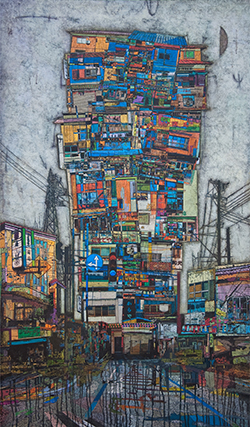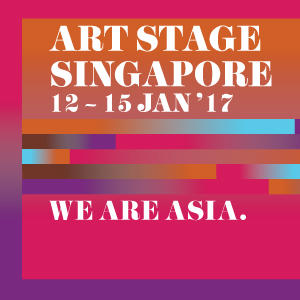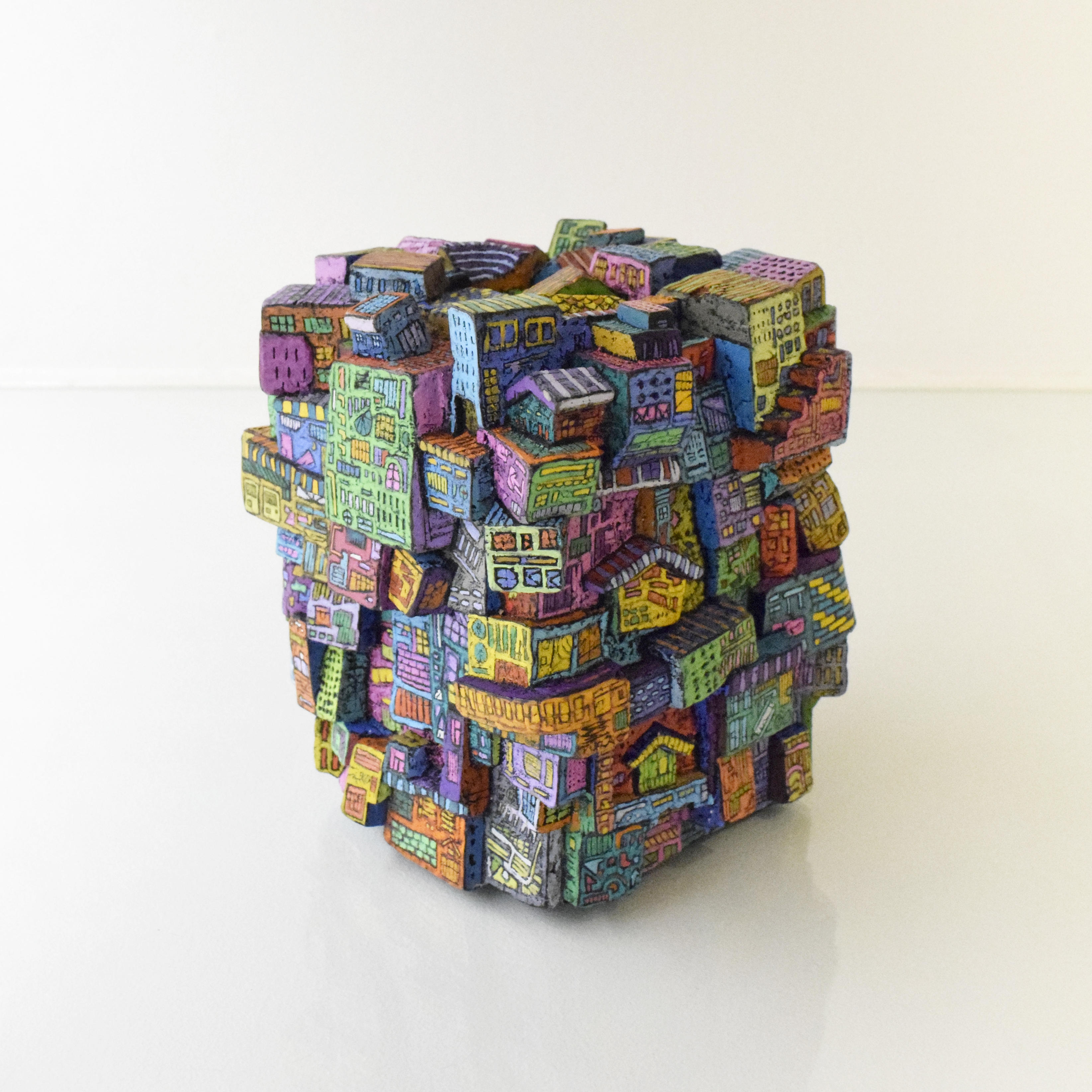Exhibition
Taisuke Fujiwara: Cities; Present and Past
2013 April 12 (Fri) - 28 (Sun)
Art Front Gallery would present Taisuke Fujiwara solo exhibition who has been working based in Northern area of Japan and condsidering the ways to depict the cityscape.
For Kouzo Takeuchi exhibition held on the schedule, click here
For Kouzo Takeuchi exhibition held on the schedule, click here
| Date | 2013 April 12 (Fri) - 28 (Sun) |
|---|---|
| Hours | 11:00 - 19:00 (closed on Mondays) |
Fujiwara has been paining cities. They are not contemporary sophisticated cities, but are accumulated building-like cities combined with ordinary houses or stores placed on top of another. They look like Japanese cities but they also remind us a view of other Asian countries where houses are built very close to each other in a small limited space.
The artist was drawing cityscapes before he started these recent accumulated city series. The previous cityscape series were more about natural and complicated expansion of cities rather than urban development plan found frequently in a large city like Tokyo which starts from empting a corner or a block of land and filling it with very common and similar shopping malls.
Recent works by Fujiwara presents accumulation of houses in a form of large piled up houses becoming one large building. Of course, one is able to read the influence of the unprecedented earthquake and tsunami that attacked Northern part of Japan last year. However, rather than understanding the painting as a result of momentary destruction by an earthquake and urban redevelopment, I feel it is more easier to understand the subject of Fujiwara’s work as the condition of city expansion: buildings being built sewing a gap of empty spaces. Unlike Manhattan where the city has a natural river or sea border line, it is very difficult to grasp the total picture of Tokyo without using a map based on administration division. Is it possible to give a solid three dimensional form to Tokyo including its underground passages? Cities, utilizing the limited space of the land following the necessity of our real life, have developed three dimensionally not only towards the outside extending their borders.
Figures do not appear in Fujiwara’s cities. But still there is a sign of life in the artist’s paintings. This may be due to the artist’s selection of images, using our familiar houses and stores which seem to have already been receiving human activities for years. In Japan, China or elsewhere in Asian countries, old towns are disappearing from large cities by the expansion of lifeless modern buildings and shopping malls. Fujiwara may be depicting the fragments of the lost, which grew up following the necessity of our real life.
Toshio Kondo, Art Front Gallery
The artist was drawing cityscapes before he started these recent accumulated city series. The previous cityscape series were more about natural and complicated expansion of cities rather than urban development plan found frequently in a large city like Tokyo which starts from empting a corner or a block of land and filling it with very common and similar shopping malls.
Recent works by Fujiwara presents accumulation of houses in a form of large piled up houses becoming one large building. Of course, one is able to read the influence of the unprecedented earthquake and tsunami that attacked Northern part of Japan last year. However, rather than understanding the painting as a result of momentary destruction by an earthquake and urban redevelopment, I feel it is more easier to understand the subject of Fujiwara’s work as the condition of city expansion: buildings being built sewing a gap of empty spaces. Unlike Manhattan where the city has a natural river or sea border line, it is very difficult to grasp the total picture of Tokyo without using a map based on administration division. Is it possible to give a solid three dimensional form to Tokyo including its underground passages? Cities, utilizing the limited space of the land following the necessity of our real life, have developed three dimensionally not only towards the outside extending their borders.
Figures do not appear in Fujiwara’s cities. But still there is a sign of life in the artist’s paintings. This may be due to the artist’s selection of images, using our familiar houses and stores which seem to have already been receiving human activities for years. In Japan, China or elsewhere in Asian countries, old towns are disappearing from large cities by the expansion of lifeless modern buildings and shopping malls. Fujiwara may be depicting the fragments of the lost, which grew up following the necessity of our real life.
Toshio Kondo, Art Front Gallery








